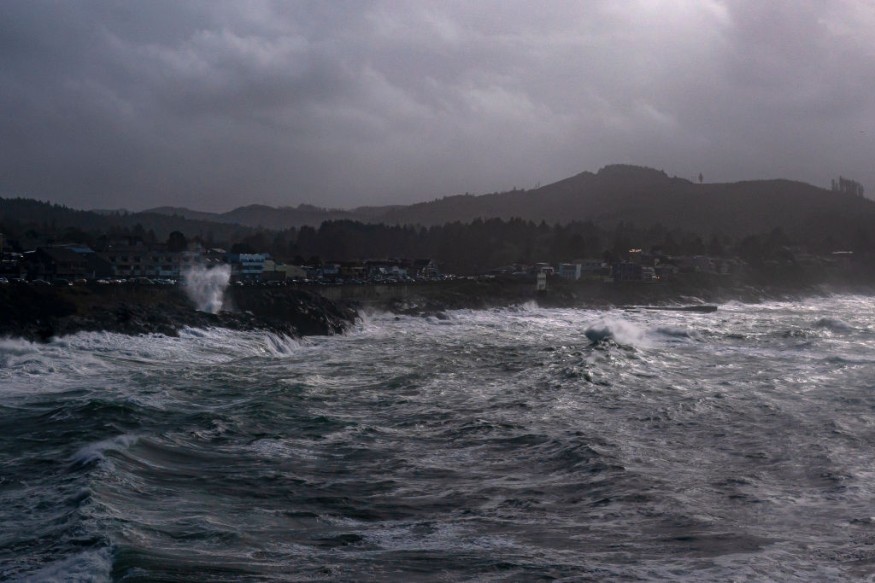
A swarm of more than 55 earthquakes rattled the ocean floor off the Oregon coast in the past two days, but seismologists say it is "nothing to be alarmed about".
One of North America's most active fault lines known as the Blanco Fault Zone had just produced a series of quakes which mostly ranged a magnitude of 4.0 to 5.5, with the largest topping out at 5.8, U.S. Geological Survey reports. The series of quakes, which began early Tuesday morning and continued into Wednesday, were all clustered between 200-250 miles west of the coastal town of Newport, Oregon.
"If you had asked me yesterday where on Earth would be most likely to produce a bunch of magnitude 5.0+ quakes in a single day, this would have been high on my list," Harold Tobin, Director of the Pacific Northwest Seismic Network at the University of Washington, told CNN.
Earthquake swarms are not a threat
According to scientists, earthquake swarms have low threat to life or property. However, Blanco, which trembles with moderate-sized quakes, can sometimes lead to very large earthquakes along coastal Oregon and Washington due to its proximity to the Cascadia Subduction Zone.
"There's quite a lot of distance from these quakes to the Cascadia Subduction Zone," Harold Tobin told CNN. "Our best current understanding of how stress transfers through the crust (and mantle) would suggest that these events don't change stress on the subduction zone appreciably."
An analysis by Oregon State University reveals that Blanco is more active than the infamous San Andreas Fault in California, having produced more than 1,500 quakes of magnitude 4.0 or greater since the 1970s. This fault line is about 200 miles (322 kilometers) from the Cascadia Subduction Zone, where the Juan de Fuca plate dives under the North American plate, whose motion can produce large, devastating earthquakes, and even dangerous tsunamis.
Not as destructive as it sounds
Although the epicenter of this week's swarm of quakes is among the most seismically active in North America, it rarely leads to destructive quakes.
Unlike the Juan de Fuca plate, Blanco is a kinder, gentler fault zone, sitting at the spot where the Juan de Fuca plate and the Pacific plate rub against each other. It is also known as a strike-slip boundary which means the plates slip past each other with very little up-and-down motion.
A 2019 blog post from Scientific America suggests that the Blanco Fault Zone Earthquake is fun, and not fearsome. In addition, earthquake anywhere near the Cascadia subduction zone does not necessarily mean "The Big One" is coming next.
"Today's quakes can be thought of as something like a main-shock and a swarm of aftershocks, the one distinction being that in this case, there's not a lot of magnitude difference among them," Tobin said. Although concerns have been raised that the so-called "big one" could be near, Tobin assured it is not necessarily the case.
"In the past 20 years alone, there have been 91 earthquakes of magnitude 5.0 or larger on the Blanco," Tobin tweeted. "These happen a lot!"
© 2025 NatureWorldNews.com All rights reserved. Do not reproduce without permission.





